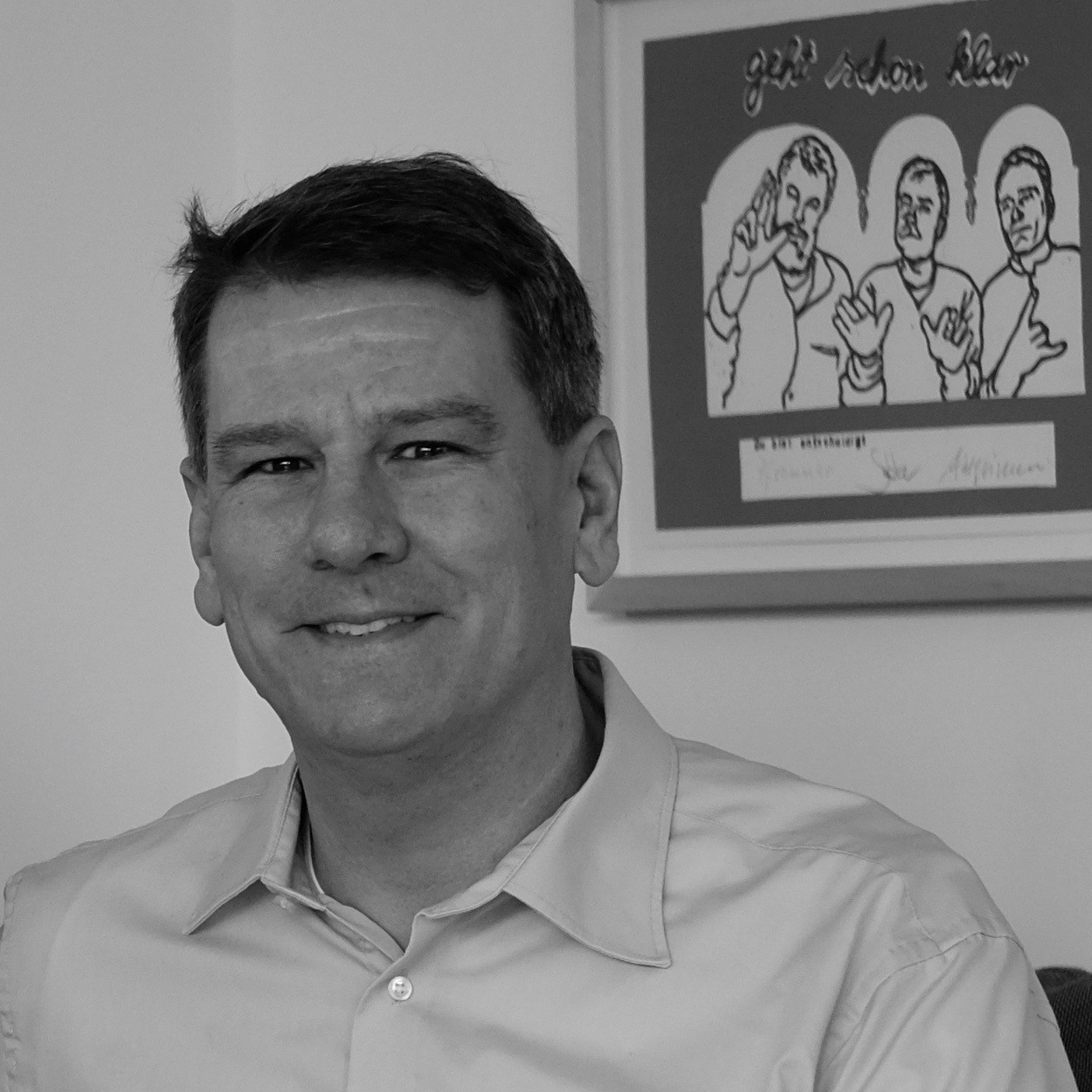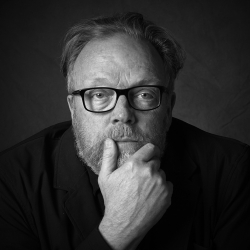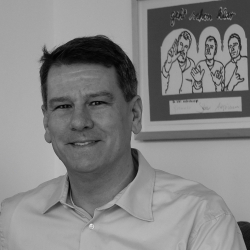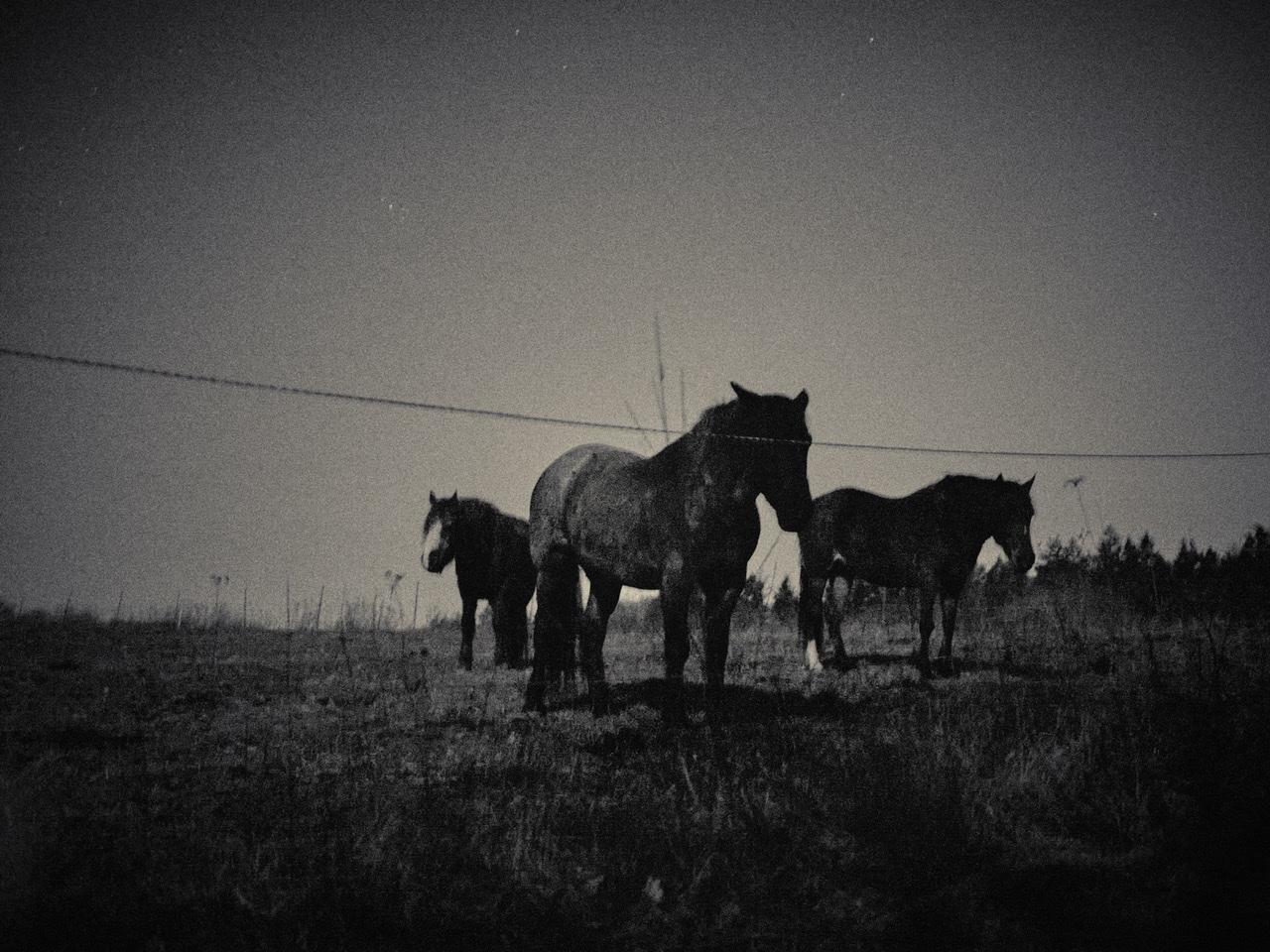Home > Topics > Site and Board Matters > New Article Announcements & Discussions > Why ETTR May Be More Important Than Ever
Why ETTR May Be More Important Than Ever
-
AuthorTopic: Why ETTR May Be More Important Than Ever Read 9315 Times
-
Why ETTR May Be More Important Than Everon: March 29, 2022 at 5:41 am
As Andrew says, I think it’s important to remember that if you are using RAW the histogram and blinkies will not be accurate. There is something else though. You may think that Camera Raw will tell you what highlight limit you have. I am not an expert so Andrew might like to confirm this, but I believe that Lightroom and Camera Raw use a method of recovering blown highlights that is clever but risky. Usually one channel saturates before the others. Camera Raw generates what it thinks is the correct value for the blown channel based on the other two channels and nearby values. It might give you a stop extra headroom but it isn’t infallible. Sometimes you will get some strange results. I have Rawdigger which reveals that, for my Fuji X-T3, there is only about half a stop more at the highlight end than the histogram indicates, although that will vary according to the jpeg settings, which are many and varied for that camera.
Re: Why ETTR May Be More Important Than EverReply #1 on: March 29, 2022 at 12:10 pmIndeed Robert, ACR/LR (and others) have ‘highlight recovery’ that can ‘help‘ a bit in some cases. Previous to Process Version 3 (or maybe 4, can’t recall), this wasn’t very good so if you have older images you clipped one or two (never all three) channels, ACR/LR can ‘recover‘ some (small amount) detail from a single channel. You’re making up data, it isn’t ideal but helps in some cases. But this hardly tells you that much about the actual exposure of the raw data.
But better is simply to expose optimally (not to the right of something that is wrong). It is photography 101, people like myself have been doing this for decades on transparency film without a Histogram. The Histogram in ACR/LR isn’t a raw Histogram! It is based on color space and the current rendering set. So yes, you can see that you clipped highlights with it, but to what degree how to correct, no. That’s where RawDigger comes into play. It provides a true raw Histogram and shows the user the actual exposure of the raw data. Useful for learning to control exposure and how your sensor operates, absolutely not necessary thereafter. Just like shooting transparency film.
So the idea that ETTR is more important than ever doesn’t wash with me. Optimal exposure of the scene based upon the understanding of the photographer is as important as it always has been. Optimal exposure means the photographer understands the various tools for gauging exposure (incident, spot meter, etc), how dumb meters are (spot meter a white dog on snow and use its wrong recommendations), and how when the DR exceeds what you can capture, how you the image-maker decides what to expose FOR. This is old stuff, nothing new. JPEG Histograms are great for those capturing JPEGs who can’t expose without a Histogram. Raw converter Histograms are great for viewing the current rendering of the raw data which has no direct relationship to that raw data.
“You don’t take a photograph, you make it.” – Ansel Adams
A big part of making it is understanding exposure.
Author “Color Management for Photographers" & "Photoshop CC Color Management" (pluralsight.com)”
Re: Why ETTR May Be More Important Than EverReply #2 on: April 1, 2022 at 11:34 amIt seems as if my article on ETTR has fanned the flames of a long-smoldering debate on optimizing exposure. Part of the problem is that optimization means different things to different people. It is not the same thing as maximizing. Optimizing means achieving the best overall solution even though some elements may be substantially below maximum value. Each photographer must decide which elements of the target image are most important and how much time and effort should be devoted to capturing a specific scene or event.
For some professionals, precision in measuring complex lighting is a necessity 100% of the time. For the high number of photo enthusiasts faced with limited time and resources in photographing outdoor scenes it is often a matter of achieving best results while constrained by limited time and resources. My article was directed to those who seek simple ways to improve their output without restraining spontaneity and the flexibility to capture short-lived special moments.
During my film years I calibrated my camera and lenses and routinely took multiple exposure readings with a one-degree spot meter. Setup time wasn’t overly long. But color photography is more complex and can be more time-consuming to determine accurate exposure. After I went full digital in 2002 I sought a simple but consistent exposure method that would produce good balanced results for most prevailing lighting conditions, as I often shoot all times of day in many types of weather. But, sensor and camera technology seems to have developed that reliability in the last four or five years.
For the record, I always shoot in RAW and pay attention to histograms, particularly when increasing ISOs beyond 400. When photographing outdoor scenes, I rely on aperture-preferred mode. I don’t subscribe to the viewpoint that camera exposure data is de facto unreliable, and therefore adding exposure time to the camera’s readings is therefore pointless. Reviews of my image inventory suggests quite the opposite.
It is likely that camera manufacturers deliberately lower the point at which overexposure takes place. Understandably, they have different objective than do their customers. Passionate outdoor photographers continually push limits in search of unique and more vibrant renditions of their subjects. However, prudent camera manufacturers must always consider the downside and provide margins of safety to avoid customer complaints. They seek to minimize chances of overexposure and blown highlights particularly since high dynamic ranges allow acceptable exposures at one or two EV’s below optimum level. So, photographers should run series of exposures for varying light intensities and light qualities to find where those optimums are. In other words, calibrate your camera. By doing so, you will get better exposures by consistently adding back the margins that the manufacturers take away out of self-interest (though they won’t admit it and will offer other explanations).
Developing such a procedure still leaves exceptions at least 25% of the time. This is where experience in recognizing higher contrast lighting and more reflective elements in the scene should ring warning bells. Those conditions require exposure bracketing or at least returning the exposure compensation dial to neutral as a starting point.
Three days ago, a rare lighting condition occurred in Sedona which I had seen before. Following two days of intermittent rain, this extensive weather front began to dissipate. The air was saturated with moisture and fine droplets, and the sun strongly illuminated major rock formations while shadows took on an inky cast. Over-exposure of the light colored rock in direct sunlight was more likely. I doubted that my +1.0 EV starting point would hold up under those conditions, and therefore bracketed my exposures.
I was surprised though. The best look for the image occurred at +0.7 EV, even though the final image allowed some dense black areas in several foreground trees. This could have been moderated by adding light to the shadow areas in post edit, but at the expense of producing a more dramatic image with more mood. I am attaching a copy of the image to illustrate how experience and judgement adequately covered the bases, though artistic objectives made the final decision. Yes, good images are made. But the challenge is to massage the variables to reach an optimal solution according to one’s objectives.
AZfotopro
Re: Why ETTR May Be More Important Than EverReply #3 on: April 1, 2022 at 11:59 amBeautiful image. And, great explanation
Kevin Raber
Owner and Publisher of photoPXLRe: Why ETTR May Be More Important Than EverReply #4 on: April 1, 2022 at 12:02 pmFantastic image, Harvey, and great additional input for exploration others may want to do, me included for sure.
Re: Why ETTR May Be More Important Than EverReply #5 on: April 1, 2022 at 12:47 pmYou can spot meter the image below once or 100 times with any degree setting. IF you follow the advice of the meter, you’ll get a gray dog, a massively underexposed capture. Meters are kind of dumb. Histograms that lie, worse. And utterly unnecessary at least for the first 170 or so years of photography.
Photography is almost 200 years old. Exposure hasn’t changed at all since that day, but the media has. Exposure for raw based on a different media (JPEG, gamma adjusted, rendered) will not produce ideal (optimized) exposure. Just as treating a color neg as color transparency will not either. Or following a meter’s suggestion for white dogs on snow. The fundamental job of a photographer is to understand the tools and media they use, then of course expose and render the image (in a raw converter or a darkroom), as they desire. Again, nothing has changed in nearly 200 years in that respect.
Lastly, ISO has nothing to do with actual exposure. ISO does not affect exposure. ISO affects an exposure recommendation. You (can) control exposure if you wish. Just as you can when you meter a white dog on snow (or black cat on coal). Setting ISO speed does not change the sensitivity of the sensor to incoming light like volume control does not change the sensitivity of a radio. In both cases, the setting (ISO or volume) controls only the signal processing, while the input stage (sensor, antenna) provides the same input signal and in this case, exposure to the sensor. That’s why when the ISO setting is cranked up, automatic exposure results in more noise – automatic exposure in this case decreases the exposure (that is, the combination of aperture and shutter speed is set to allow less light captured by the sensor). This is the fault of the photographer who doesn’t fully understand ISO, meters, and the very old basics of photographic exposure.
Author “Color Management for Photographers" & "Photoshop CC Color Management" (pluralsight.com)”
-
This reply was modified 2 years, 3 months ago by
 Andrew Rodney.
Andrew Rodney.
-
This reply was modified 2 years, 3 months ago by
 Andrew Rodney.
Andrew Rodney.
Re: Why ETTR May Be More Important Than EverReply #6 on: April 1, 2022 at 12:54 pmYou can spot meter the image below once or 100 times with any degree setting. IF you follow the advice of the meter, you’ll get a gray dog, a massively underexposed capture. Meters are kind of dumb. Histograms that lie, worse. And utterly unnecessary at least for the first 170 or so years of photography.
Photography is almost 200 years old. Exposure hasn’t changed at all since that day, but the media has. Exposure for raw based on a different media (JPEG, gamma adjusted, rendered) will not produce ideal (optimized) exposure. Just as treating a color neg as color transparency will not either. Or following a meter’s suggestion for white dogs on snow. The fundamental job of a photographer is to understand the tools and media they use, then of course expose and render the image (in a raw converter or a darkroom), as they desire. Again, nothing has changed in nearly 200 years in that respect.
Lastly, ISO has nothing to do with actual exposure. ISO does not affect exposure. ISO affects an exposure recommendation. You (can) control exposure if you wish. Just as you can when you meter a white dog on snow (or black cat on coal). Setting ISO speed does not change the sensitivity of the sensor to incoming light like volume control does not change the sensitivity of a radio. In both cases, the setting (ISO or volume) controls only the signal processing, while the input stage (sensor, antenna) provides the same input signal and in this case, exposure to the sensor. That’s why when the ISO setting is cranked up, automatic exposure results in more noise – automatic exposure in this case decreases the exposure (that is, the combination of aperture and shutter speed is set to allow less light captured by the sensor). This is the fault of the photographer who doesn’t fully understand ISO, meters, and the very old basics of photographic exposure.
Author “Color Management for Photographers" & "Photoshop CC Color Management" (pluralsight.com)”
Re: Why ETTR May Be More Important Than EverReply #7 on: April 1, 2022 at 1:53 pmThis is about the last I have to say on this subject, as it seems to be pretty well covered. I don’t disagree with what Andrew is saying, but for the record wish to clarify where I’m coming from. First, I know quite well that ISO and exposure are independent variables, though low light levels often force use of higher ISO’s to keep exposure times at levels the photographer may require. The reason I check my settings at ISO’s of 400 and over is to see how much noise may be building up which might require more exposure to raise the signal to noise level in the darker tones. I’ve been doing photography for 71 years and have an MIT engineering degree with more math than I could ever use. I don’t have a problem reading technical papers and understanding relationships between variables. If automatic exposure does decrease exposure in some cases, then that’s all the more reason to compensate with additional exposure as set forth with ETTR principles. I still believe – based on my own experiments and observations that ETTR is a valuable tool for outdoor photographers, and that adding a moderate amount of exposure will in many cases add quality to the image while requiring little set-up time. This is an important consideration for field photographers who often have to move quickly to achieve optimal capture. Also, I have no problem stating that there is little in photography that hasn’t changed to some degree as a result of evolving direct capture technology (not to mention advances in optical formulations and glass compositions).
AZfotopro
Re: Why ETTR May Be More Important Than EverReply #8 on: April 1, 2022 at 2:08 pmHow do you ‘see” how much noise has built up at ISO above 400; from a JPEG?
Higher ISO in some cameras actually produces less noise! In this case, ISO 800 is far less noisy than ISO 100:
http://digitaldog.net/files/100vs800iso.jpg
All this extra effort to alter the fundamentals of photographic exposure due simply to digital capture (with Histograms that lie, ETTR instead of optimal exposure for the media) are well summed up here IMHO:
“There seems to be some perverse human characteristic that likes to make easy things difficult.” -Warren Buffett
Author “Color Management for Photographers" & "Photoshop CC Color Management" (pluralsight.com)”
Re: Why ETTR May Be More Important Than EverReply #9 on: April 2, 2022 at 6:57 amI am by far not as experienced let alone well educated in all matters photography as Andrew or Harvey. From my amateur’s point of view can follow Andrew’s reasoning that there can’t be a one size fits all approach to optimal exposure. But I like Harvey‘s suggestion for one possible way to find optimal or near optimal exposure.
For what it’s worth I will attach one image here which is near perfect opposite of minimum noise or optimal exposure. GFX 50R with GF 50/3.5 at 3.5 at ISO 12800 handheld at 1/25 sec in a half moon night. Noise reduction pretty much maxed out in C1 and then cubic grain added for the fun of it.
Going by Alain Briot, I don’t care who else likes the image. I like it so much that I even printed it in A2 despite all its technical flaws. Just because it captures the mood that night very well.
Cheers,
Erik
-
This reply was modified 2 years, 3 months ago by
 Erik Brammer.
Erik Brammer.
-
This reply was modified 2 years, 3 months ago by
 Erik Brammer.
Erik Brammer.
Re: Why ETTR May Be More Important Than EverReply #10 on: April 2, 2022 at 9:47 amErik, my first stance is, ETTR isn’t “More Important Than Ever“, optimal (controlled, desired, maximized*) exposure has been an important and fundamental part of photography for nearly 200 years. This doesn’t need to be a semantic exercise either as the author used Optimized* exposure in the article (and maximized here). My stance is that the term and concept of ETTR needs to go away. When Michael introduced the concept (thanks to Thomas Knoll) long ago, 2003, the ‘tools‘ to optimize raw exposure was to take a Histogram that tells you a lie about the data and move it in a direction to get optimal (controlled, desired, maximized*) exposure. Not that anyone prior to shooting raw or JPEGs with a Histogram needed this assistance. But many digital photographers were never taught how to expose any other way. ETTR needs to go away. There is no need to examine blinkies or Histograms based on the wrong data. If the effort over the decades provided camera raw Histograms (and Kevin will likely tell us, one smart company has, but that’s far too few), we’d have a tool built into the camera that would at least tell us the truth about the effect of the exposure on the raw data.
Landscape photography, easy: Bracket. Or nail the exposure you desire. When I shot professionally, on transparency film that had a lower DR and far less latitude for blowing highlights, I shot people. Bracketing was out of the question. I had to learn to nail exposure, often shooting stobe. Polaroids were an aid, yes, but I also knew when they too lied to me.
My stance is, that exposure has been photography 101 for nearly 200 years and we don’t need to look at lies on the back of a camera to optimally (controlled, desired, maximized*) exposure.
** Quote: Though I have frequently written about equipment and techniques that can capture this effect, I didn’t connect it with ETTR until I started to experiment with my Sony A1 to find optimal exposure settings for landscapes
Author “Color Management for Photographers" & "Photoshop CC Color Management" (pluralsight.com)”
Re: Why ETTR May Be More Important Than EverReply #11 on: April 2, 2022 at 1:06 pmFor Sony mirrorless cameras the zebras are taken from the RAW data. I set Zebras to 100+ on my Sony A7R2 and compared the presence of zebras to the RAW data using Fastrawviewer/Rawdigger. The match is perfect. I photograph in Aperture mode and use exposure compensation until I see the zebras then back off 1/3 stop. For newer Sony cameras you can set the lower limit to 109+ as detailed in this video by Mark Galer (starting around 6:30 in the video):
-
This reply was modified 2 years, 3 months ago by
-
AuthorPosts
- You must be logged in to reply to this topic.





